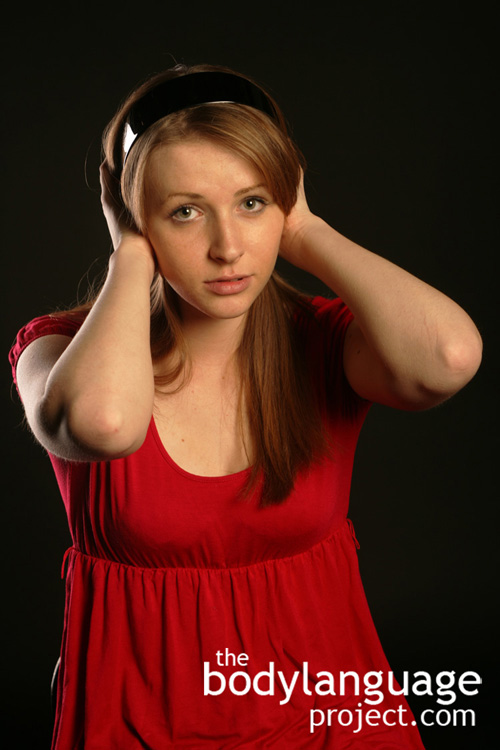So which is it cause or effect? What happens when you assign seating versus allow people to choose their seating? A study by Douglas Levine of the University of California in 1980 sought out to measure this exact question. The study examined two phases, one where students were allowed to choose their own seating and the second where seating was randomly assigned. They found that students sitting at the front did much better than those sitting at the rear but only if the seats were chosen by the students. When the seating was assigned there was no discernible different in test scores. They did find that student involvement was affected by seating however, as in both cases participation was greater for those sitting in the front seats. Thus, it becomes evident that students who want to learn more choose seats in the front rows because it allows them a better view of the teacher and also allows them to participate more. Those that want to blend in and avoid participation sit at the rear and sides. Other studies show that keener students often choose seats in the front and also those that relate better to the instructor will orient themselves in relation to them.
In another study conducted in 2004 arranged seating was found to affect test scores contrary to the study presented above. Here economics professors Mary Benedict and John Hoag at Bowling Green State University found that students who were forced forward produced a net gain in test scores. For example, a student who preferred a back seat but was forced to a center row, reduced the probability of receiving a D or F from twenty-three to twelve percent for an overall gain of eleven percent. The study also suggests a lower probability of receiving an A and a higher probability for receiving a D or F for those students forced from the middle aisle seats to the side aisle seats.
Therefore, when presenting information organized seating can have a subtle effect, but can be somewhat limited in scope. If you wish to wow someone in particular, position them in the front as you’ll be better able to connect with them. Those parties you wish to mute can be placed at the back-sides to reduce their ability to speak out. The data from research seems to suggest that audiences naturally arrange themselves according to how interested they are to learn especially in theater style auditoriums. Thus, this information can be used passively to choose the most qualified or interested parties for important projects.
Other strategies come from the walk and talk method taken from lab style learning. Here, the instructor is permitted to travel through rows and isle and connect with more than just the front row of listeners eliminating the side effects of rows and columns. Orienting seating into a horseshoe also eliminates the effects that rows and columns hold and so too does smaller group sizes. It’s much more difficult to be forgotten in a small group and functionally impossible when speaking one on one!

